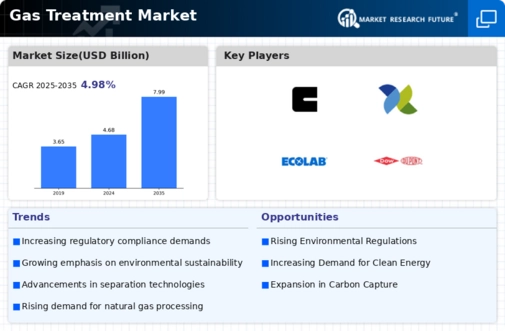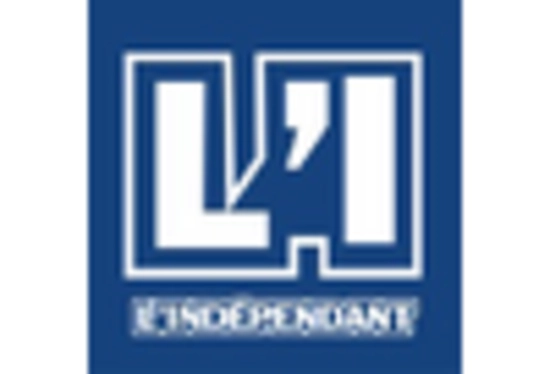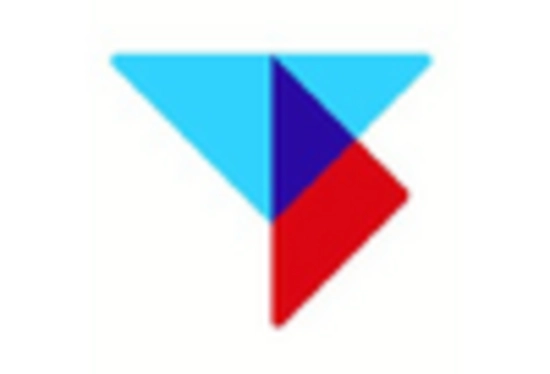Market Share
Gas Treatment Market Share Analysis
In the dynamic landscape of the Gas Treatment Market, companies employ various market share positioning strategies to gain a competitive edge and establish themselves as industry leaders. One prevalent approach is differentiation, where companies focus on offering unique and innovative gas treatment solutions. This strategy aims to create a distinctive product or service that stands out from competitors, attracting customers seeking advanced technologies or specialized applications. By investing in research and development, companies can enhance their offerings, providing tailored solutions that cater to specific customer needs, thereby solidifying their market share.
Another pivotal strategy involves cost leadership, where companies strive to become the low-cost producers in the Gas Treatment Market. This approach emphasizes efficiency in production processes, economies of scale, and cost-effective sourcing of raw materials. By offering competitive pricing, cost leaders aim to attract price-sensitive customers and gain a substantial market share. This strategy requires meticulous cost management and operational excellence, allowing companies to maintain profitability even with lower prices than competitors.
Strategic alliances and partnerships represent yet another significant market share positioning strategy in the Gas Treatment Market. Collaboration with key stakeholders, such as suppliers, distributors, or research institutions, can provide companies with access to essential resources, technologies, and distribution channels. Through strategic partnerships, companies can expand their market reach, capitalize on shared expertise, and create synergies that enhance their competitive position. This collaborative approach fosters innovation, accelerates market penetration, and contributes to a more robust market presence.
Geographical expansion is a critical strategy for companies aiming to increase their market share in the Gas Treatment Market. This involves identifying and entering new markets or expanding existing operations globally. By tapping into emerging markets with growing demand for gas treatment solutions, companies can diversify their customer base and reduce dependency on specific regions. Adapting products and services to meet the unique needs of different markets is crucial in successfully executing a geographical expansion strategy.
Moreover, a customer-centric approach is indispensable in gaining and maintaining market share in the Gas Treatment Market. Understanding customer preferences, needs, and pain points enables companies to tailor their offerings accordingly. Providing excellent customer service, conducting regular feedback surveys, and addressing customer concerns contribute to building strong customer relationships. Companies that prioritize customer satisfaction often benefit from customer loyalty, positive word-of-mouth marketing, and repeat business, ultimately solidifying their market share.
The gas industry's growth is predicted to open up new market opportunities worldwide. The method of gas treatment improves the performance of liquified petroleum gas. Therefore, it is anticipated that large corporations' rising investment will stimulate the market. For example, the Canadian Association of Petroleum Producers (CAPP) estimates that Canadian oil and gas businesses will spend USD 27.3 billion in 2021. Additionally, it is anticipated that investment in Alberta's oil sands will increase from U.S. $6.7 billion in 2020 to U.S. $7.3 billion in 2021. As a result, these expenditures are anticipated to accelerate market expansion ly. During this period, the gas treatment market is anticipated to increase due to governments worldwide investing in the natural gas sector.









Leave a Comment